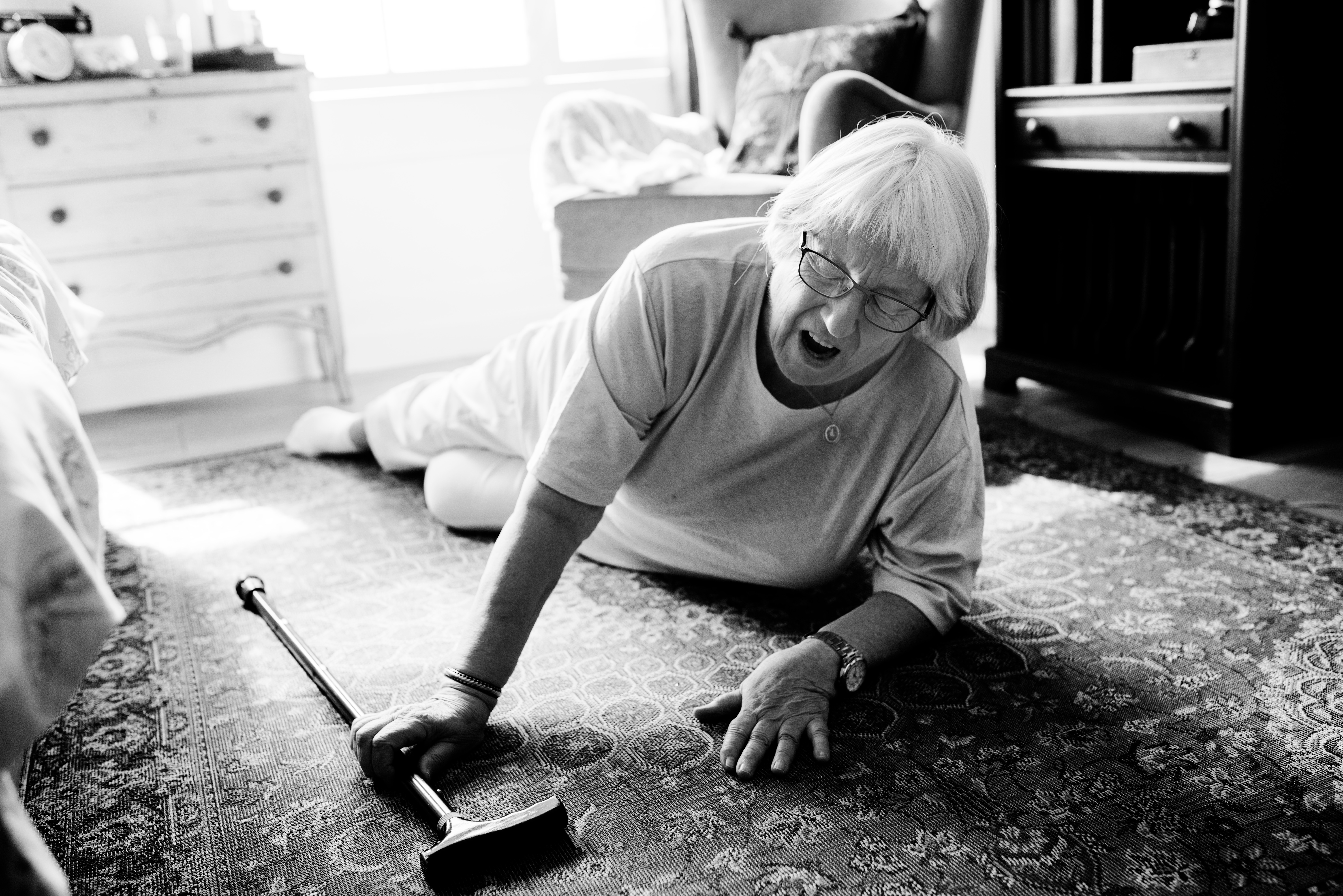Nat Aging | Despite Medical Advances, Growth in Human Life Expectancy is Slowing Down

Thanks to healthier diets, medical progress, and many other improvements in quality of life, human life expectancy saw significant increases in the 19th and 20th centuries. However, according to a new study led by the University of Illinois Chicago, after nearly doubling in the 20th century, the growth rate of human life expectancy has markedly slowed in the past 30 years.
The related research findings were published online in Nature Aging on October 7, 2024, with the paper titled "Implausibility of radical life extension in humans in the twenty-first century."
S. Jay Olshansky, the first author and corresponding author from the School of Public Health at the University of Illinois Chicago, says that despite frequent breakthroughs in medicine and public health, the life expectancy at birth for the world's longest-lived populations has increased by an average of only 6.5 years since 1990. This rate of improvement falls far short of some scientists' expectations that life expectancy would accelerate this century, with most people born today living beyond 100 years.
Olshansky explains that human lifespan has been maximally extended through successful disease prevention and treatment. This makes the destructive effects of aging the main obstacle to further life extension. He says, "Today, most older people are living on borrowed time manufactured by drugs. Although these medical band-aids are appearing at an accelerated pace, the gains in life expectancy they induce are diminishing, suggesting that the era of rapid gains in life expectancy is now over."
Olshansky adds that this also means extending lifespan by reducing disease might be harmful if these additional years are not healthy ones. He says, "We should now shift our focus to delaying aging and extending healthspan." Healthspan is a relatively new metric that measures the number of years a person is healthy, not just alive.
Prediction from 34 Years Ago
In 1990, Olshansky published a paper in Science journal arguing that human life expectancy was approaching a limit of around 85 years and that the most significant gains had already been achieved (Science, 1990, doi:10.1126/science.2237414). Others predicted that advances in medicine and public health would accelerate the 20th-century trends into the 21st century.
34 years later, the evidence in this new research report supports the view that life expectancy gains will continue to slow as more people are affected by the harmful and irreversible effects of aging.
Nature Aging, 2024, doi:10.1038/s43587-024-00702-3
Data Analysis and Conclusions
They examined data from eight of the longest-lived countries and Hong Kong, as well as the United States, which was one of the few countries where life expectancy decreased during the study period.
Olshansky says, "Our findings overturn the conventional view that humanity's natural longevity endowment is somewhere out there in front of us—longer than our life expectancy today. Instead, it's behind us—in the range of 30 to 60 years. We now demonstrate that despite the rapid pace of medical progress, improvements in lifespan from modern medicine are gradually diminishing."
▎Olshansky says, "While more people may live to 100 or beyond this century, these cases will remain outliers and won't significantly raise the average lifespan."
This conclusion challenges products and industries like insurance and wealth management businesses, which increasingly base calculations on the assumption that most people will live to 100. Olshansky says, "This is very bad advice because only a small fraction of people can live to 100 this century."
However, Olshansky states that this finding doesn't rule out the potential for medicine and science to bring more benefits. He believes there might be more immediate potential in improving the quality of life for older people rather than extending lifespan. Increased investment in geroscience—the biology of aging—may hold the seeds of the next wave of health and longevity.
In conclusion, the researchers summarize: "This is a glass ceiling, not a brick wall. We still have plenty of room for improvement: reducing risk factors, working to eliminate disparities, encouraging people to adopt healthier lifestyles. All of these can help people live longer, healthier lives. We can break through this glass ceiling of health and longevity through our efforts in geroscience and slowing the effects of aging."
Reference:
S. Jay Olshansky et al. Implausibility of radical life extension in humans in the twenty-first century. Nature Aging, 2024, doi:10.1038/s43587-024-00702-3.







Post comments